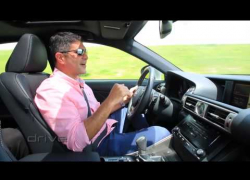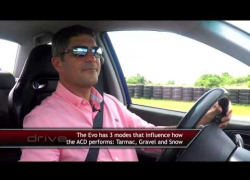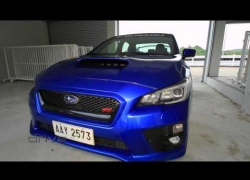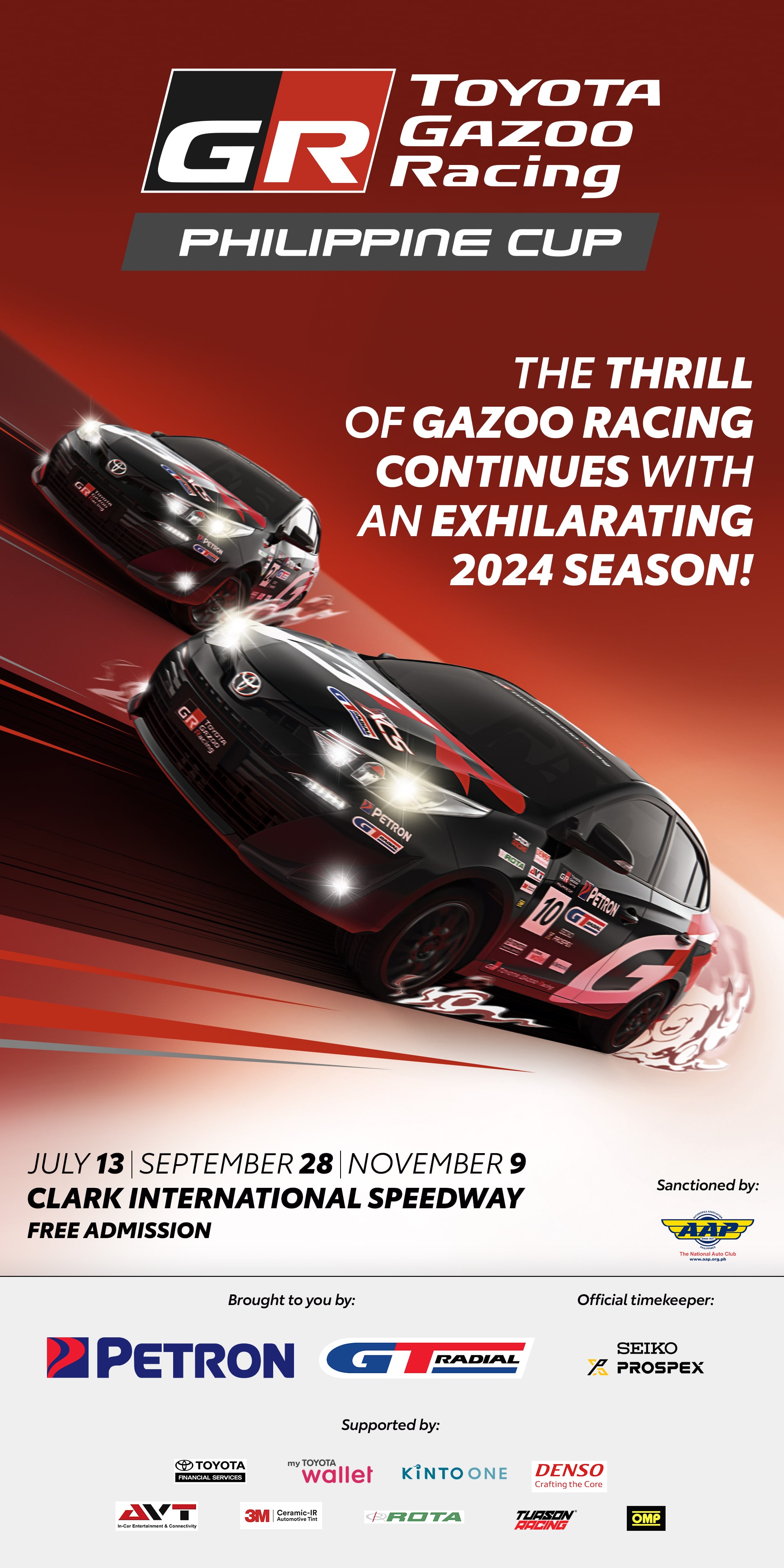It has been almost two weeks since I have updated the search for the Philippines’ most economical car, and I apologize for that. Thing is, the very day I posted the story of the Peugeot 3008, Toyota had dropped off the all-new, 1.0 liter, 3-cylinder Wigo, so I was pretty convinced the Peugeot would be dethroned and just wanted it to bathe in its’ short-lived glory as the country’s most economical car for as long as it could.
But it turns out that the Peugeot didn’t need any help. So, convinced that it may have been something I was doing wrong, I re-tested. Again, and again, and again. I mean, how can an 800kg hatch with an engine the size of a sewing machine not fare better than a 1.6 liter MPV?
So I broke the test down to bite size pieces to understand why.
The first part of the test was the village run. This is an extremely consistent 16km daily school run through the exact same conditions inside our subdivision. Same route, same time, same traffic, same speed, same driver, same passengers and luggage load. Every. Single. Day. I never exceed 40km/h and never go over 2,000 RPM.
The first 50 kays or so returned 10.1 kilometers per liter (km/l). Not bad, but not what I was expecting from a 3-cylinder 1.0-liter entry level hatch. I figured that perhaps the Wigo wasn’t in its element, so the next part of the test was the daily city run. This is Paranaque to the Fort, Makati, Ortigas, using the service road, no highway, just EDSA and occasionally C5. It fared a bit better with 12.5 km/l with light traffic but deteriorates a lot during heavy traffic, with figures around 6 km/l.
I held some hope for the highway cruising but as much as I repeated my regular route during the night time run, the best I could get was 18.14. Now if you’ll remember, this is not as real-world as the city and village figures because this is the one test that tries to mimic perfect conditions to extract the absolute best possible figure. But it is the same for everyone, so at least you get a fair comparison. But if you’re curious, real world highway mileage is around 15.5 km/l.
So using the methods that were established from the beginning for all cars, city mileage is a combination of the village run and the city loop, which brings it to 11.3km/l. Highway best stays at 18.14 km/l.
Now, just about everyone that asked me about the fuel mileage before I published this seemed quite shocked as they were expecting high teens for the city and mid to high twenties for the highway. The simplest explanation here is, technology. The Wigo uses quite basic and dated technology to keep the entry price low––no VVTi, 4-speed auto––and just relies on displacement to get the results. The Peugeot, Kia Carens, and the Chevrolet Spin have invested quite a lot of money into their diesel technology, and it shows at the pumps. But you need to spend money to save money.
The best straight out comparison would be the new 1-liter Ecoboost Fiesta. It promises to deliver much better figures than the Wigo, but asks almost twice the purchase price to do the job. I’m currently testing one now, and I can tell you that it is the most incredible little engine I’ve tried in forever. It runs circles around the 1.5-liter variant by leaps and jumps, but how does it do at the pumps? Give me a week.
To see where the Wigo ranks, click here for our complete list.






